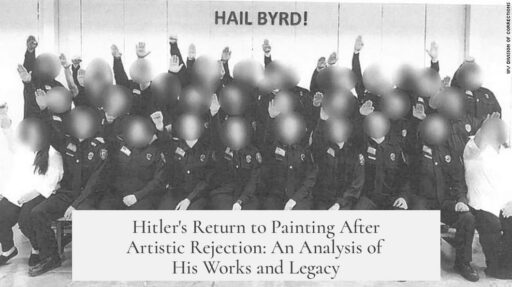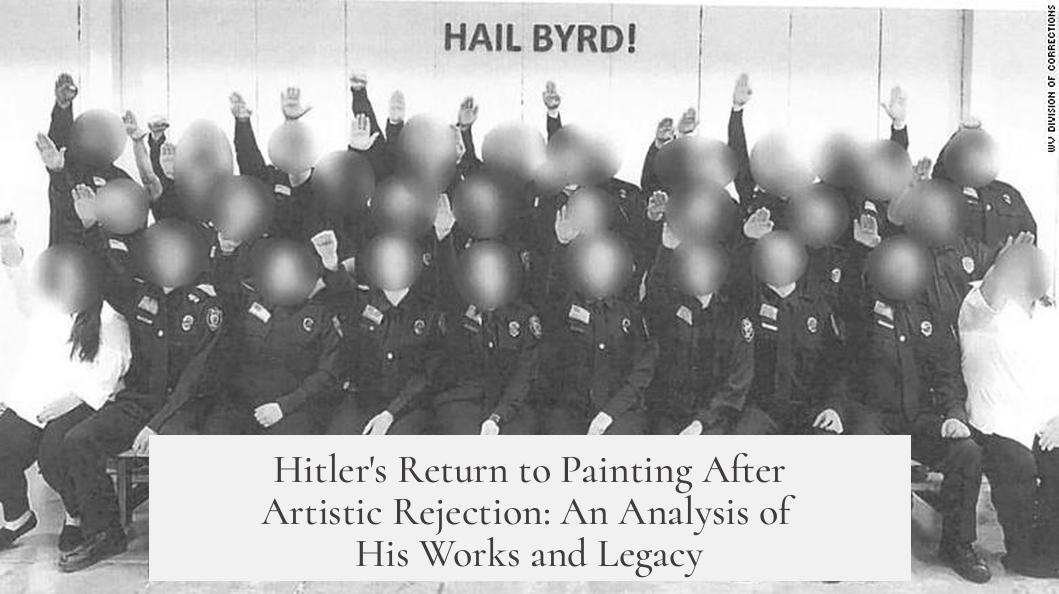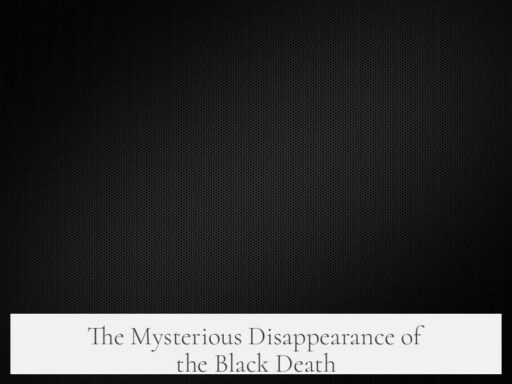Hitler did continue painting after his rejection from art school. Rejection did not end his artistic activity, which spanned decades. He painted landscapes and buildings, with few human figures—his weak point. Some works date from World War I and later, including Nazi-era watercolors featuring swastikas. However, art became a private pursuit as he prioritized his role as leader over public art.
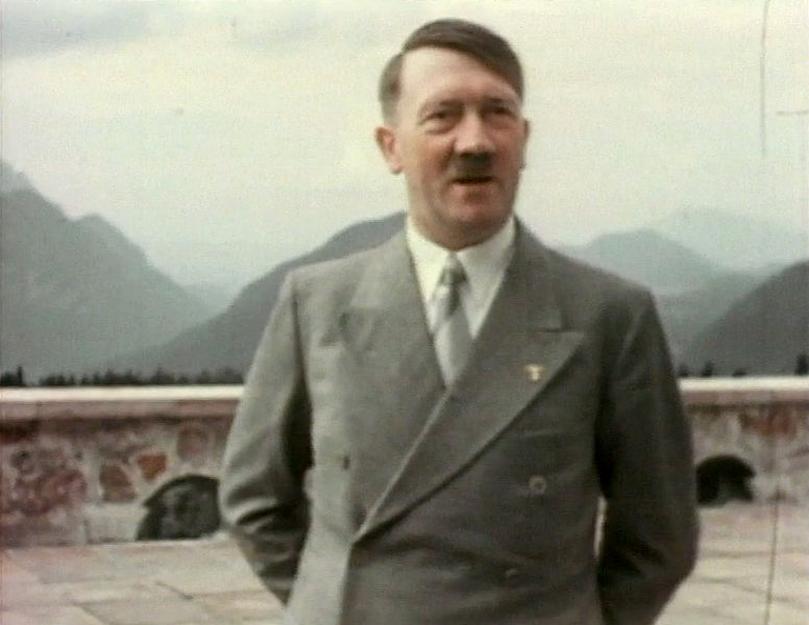
After Adolf Hitler’s rejection from the Vienna Academy of Fine Arts in 1907 and again in 1908, he did not abandon painting. Instead, he kept producing artworks privately throughout his life. His style favored landscapes and architectural scenes, avoiding human figures, which he reportedly could not depict well—one reason for his academic rejection.
Multiple watercolors attributed to Hitler are preserved by U.S. and Russian authorities. The U.S. holds at least four at Fort Belvoir, Virginia. Russia retains a complete sketchbook, including 40 watercolors and two pencil sketches, captured after the Red Army took his bunker in 1945. These later works clearly postdate his art school rejections. Some include Nazi symbols such as swastikas and banners tied to his time in power, indicating continued art activity into the 1930s and 1940s.

During World War I, Hitler created several paintings. In 1936, seven of these were published and praised during the Nazi regime, revealing that at least some of his work maintained public recognition early in his political career. Post-war, he gave artworks as gifts and reportedly entertained the idea of another attempt at an artistic career, though this did not materialize.
From the 1920s onward, Hitler’s drawing became linked to his architectural ambitions. Albert Speer, his chief architect, described seeing Hitler’s sketches proposing visionary plans for Berlin’s redesign. Speer used these to develop architectural drawings and models. Hitler’s sketch activity extended possibly into the early 1940s, based on Speer’s recollections.
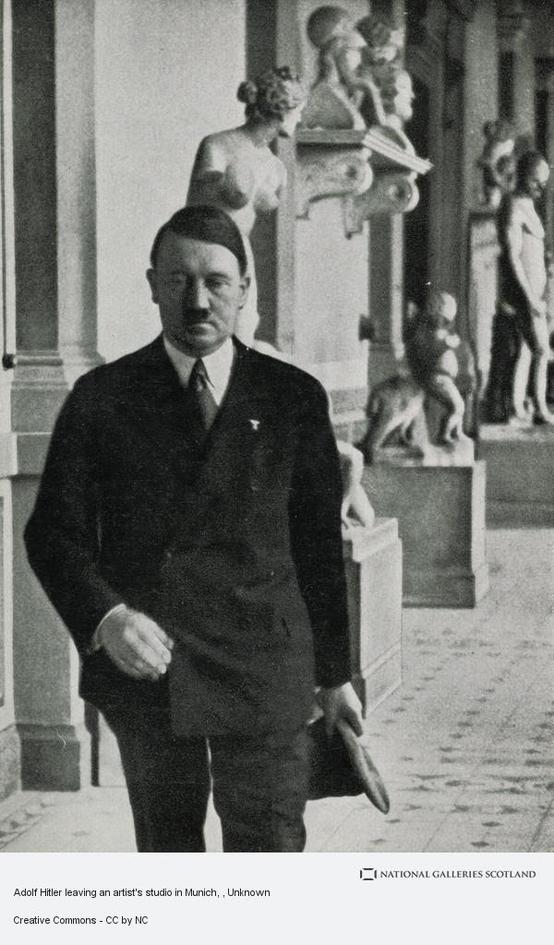
Public art ceased largely after Hitler assumed political power. He cultivated a persona devoted entirely to dictatorship, sidelining art from his public image. However, art likely remained a private outlet. Speer’s notes suggest Hitler’s drawings conveyed nostalgia and visionary hopes for Germany’s future, serving both personal and ideological functions.
Despite continued painting, Hitler’s artistic skill remains debated. Critics note his inability to depict human figures effectively. His work is often described as competent but uninspired, lacking vision or creativity. His landscape paintings show technical skills but little originality.
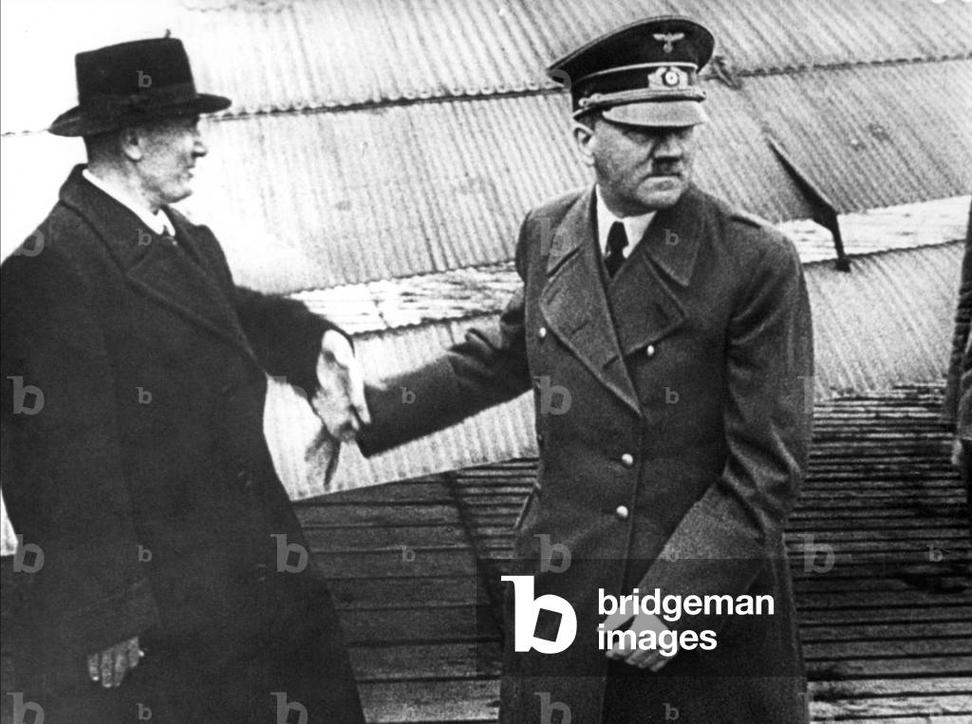
Forgery complicates the legacy of Hitler’s art. Many fake paintings claim 1930s provenance, but their authenticity is doubtful. Notably, forger Konrad Kujau created counterfeit Hitler artworks, including implausible depictions of Hitler in battle. Hitler was concerned about forgeries and reportedly took measures to remove fakes from circulation.
| Period | Art Activity | Characteristics | Public/Private |
|---|---|---|---|
| Before 1908 | Attempted art school admission | Rejected for poor human figure drawing | Public aspiration |
| World War I | Paintings produced, some published | Landscapes, buildings, some acclaim | Some public recognition |
| 1920s-1930s | Sketches for architectural visions | Focus on buildings, no human figures | Mostly private/artistic influence |
| 1933-1945 | Watercolors including Nazi symbols | Propagandistic and personal | Private, no public art career |
Hitler’s sustained painting after rejection shows art was more than a youthful dream. He used it privately for personal or ideological expression. Yet, his political role ended any public artistic ambitions. His surviving works provide insight into his aesthetic preferences and mindset at different historical moments. They remain controversial, complicated by authentic and forged pieces alike.
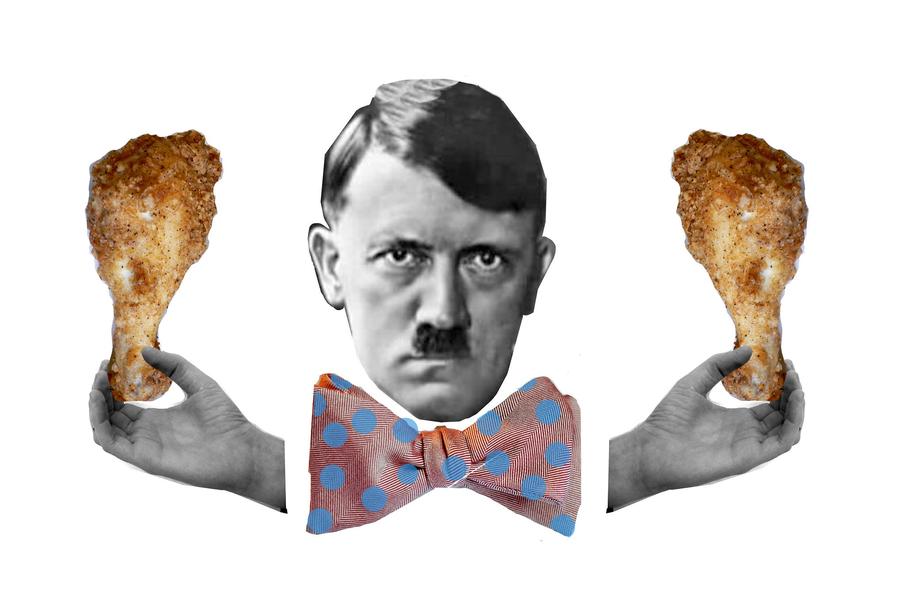
- Hitler kept painting after his art school rejection, mainly landscapes and buildings.
- Works exist from World War I through Nazi Germany, some with official Nazi symbols.
- His poor depiction of human figures contributed to his early rejection.
- Art became a private activity during his political career; public painting ceased.
- Architectural sketches influenced Nazi urban planning projects.
- Forgery is common; Hitler sought to eliminate fakes.
Did Hitler Ever Paint Again After Getting Rejected?
Yes, Adolf Hitler did continue to paint after his rejection from art school — but his art journey was as complex and layered as the man himself. His love for watercolors and drawing didn’t evaporate with that initial academic blow. In fact, his brush strokes kept appearing on canvases (and sketchbooks) well into his later years, including the time when he was infamous as the leader of Nazi Germany. How does one reconcile this persistence with his notorious political career? Let’s dive into the curious case of Hitler’s post-rejection artistry.
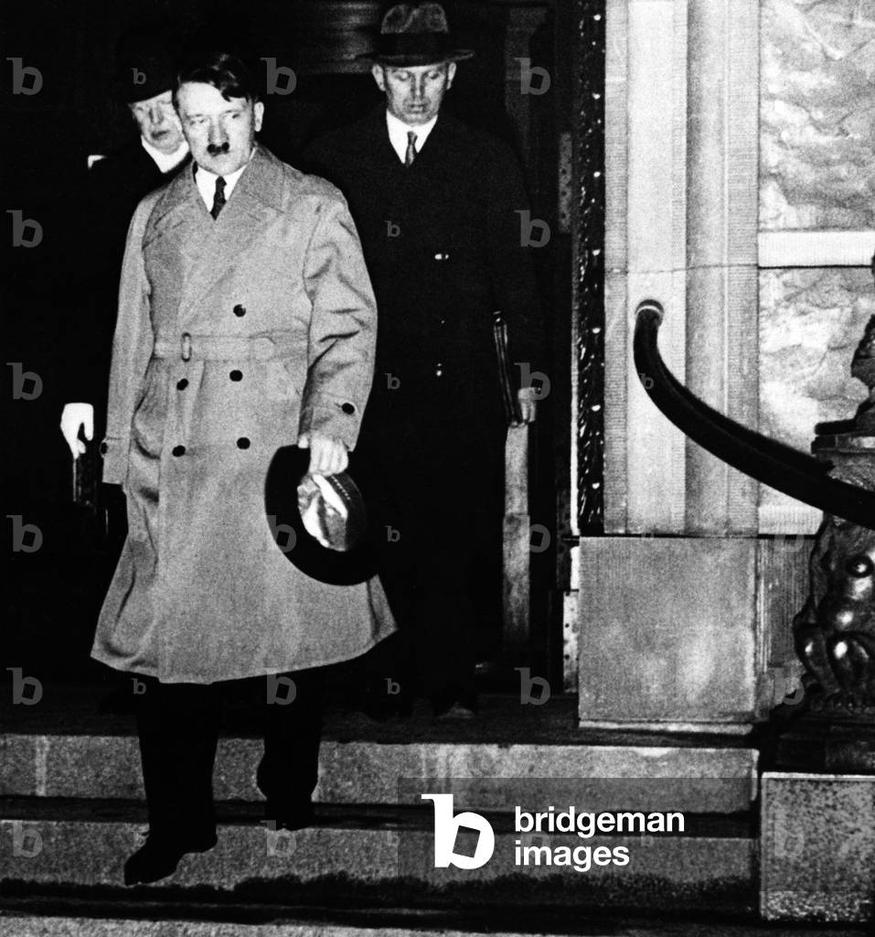
A Brush with Persistence: Painting Beyond the Rejection
Rejecting someone’s art dreams can be a killer blow. For Hitler, it wasn’t. Despite being turned down by the Vienna Academy of Fine Arts twice, he kept painting throughout his life. This might come as a surprise, but several watercolors attributed to him are preserved in two powerful hands: the United States and Russia.
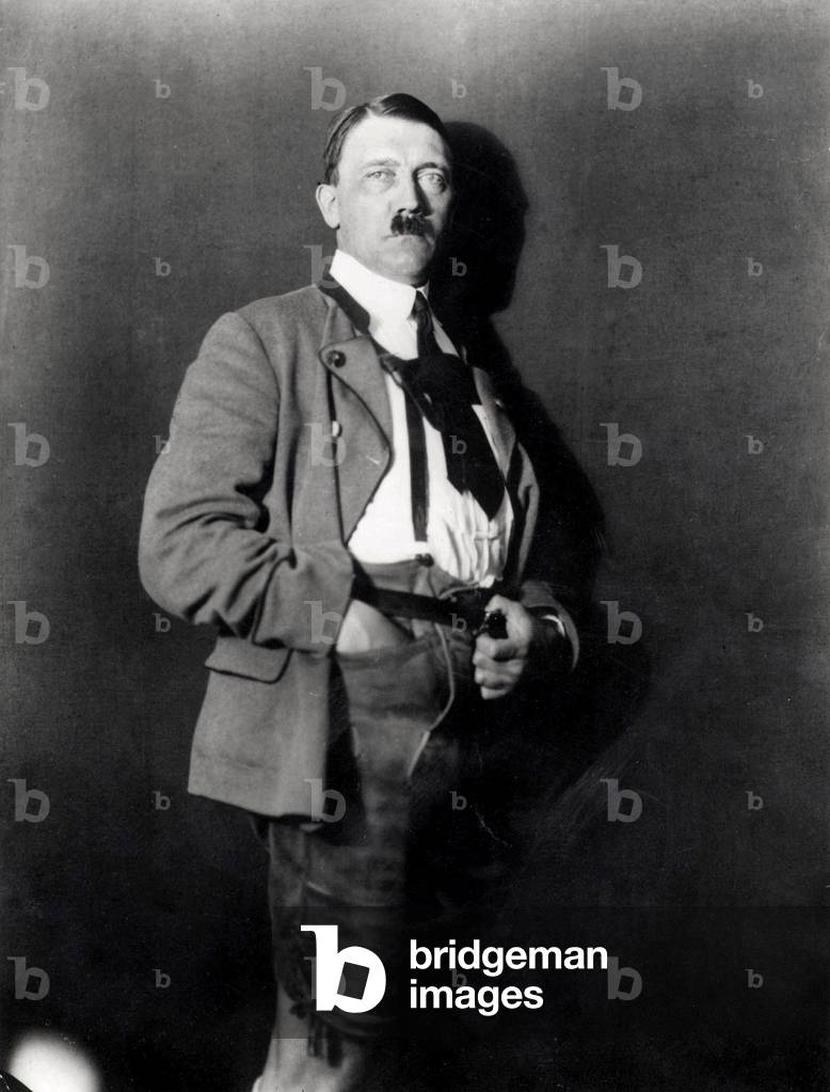
The U.S. government holds at least four of his watercolors at Ft. Belvoir in Virginia. Meanwhile, Moscow guards a whole sketchbook sequestered by the Red Army after they captured Hitler’s bunker in 1945. This sketchbook isn’t just some random doodles either—it includes about 40 watercolors and a couple of pencil sketches, many created well after Hitler’s art school rejection.
Intriguingly, some paintings in that collection showcase explicit Nazi-era symbolism, like swastikas and grand banners. This confirms Hitler was still painting politically charged pieces throughout his leadership. But his art wasn’t flashy or people-centric. Instead, landscapes dominated his canvases, with occasional buildings thrown in. Human figures? Nearly absent. Legend has it he was painfully bad at drawing humans, which partly explains why the Vienna Academy gave him the cold shoulder.
War, Gifts, and Sketches: Artistic Activity Talks
Hitler’s art didn’t just live in obscurity. He produced numerous paintings during World War I. In fact, in 1936—during his reign—seven of these works were published and received praise from official circles. This might have been an attempt to showcase his “creative” side, though history will judge those pieces more for their context than their quality.
After World War I, Hitler didn’t toss his brushes into a corner. He handed out several artworks in different mediums as gifts to friends. Apparently, by this time, he toyed with the idea of reviving his artistic career, undeterred by prior rejection. It’s fascinating that amidst the chaotic political ambitions, the urge to create lingered.
Albert Speer, Hitler’s architect confederate, offers further insight. Speer recalls Hitler showing him sketches from the 1920s—architectural drawings depicting his grand vision for a rebuilt Berlin. These were not mere fantasies; Speer transformed them into architectural plans and models. Speer also notes Hitler continued sketching possibly up to the early 1940s, especially historical buildings, like the towers of Linz. This suggests Hitler’s passion for art wasn’t only aesthetic but visionary, intertwined with his architectural ambitions.
Quality, Style, and Public Perception
So, how good was Hitler as an artist? The consensus is that he wasn’t “bad” in a crude sense but rather bland and lacking vibrancy. His landscapes and architectural sketches showed sound technical skill but little artistic imagination or emotional depth. One key weakness was his inability to draw human figures, a fact that contributed to his rejection by art school.
It’s almost poetic that his art gravitated mostly towards lifeless scenes—quiet buildings, serene landscapes. These safe subjects aligned with his comfort zone. His art didn’t push boundaries or tell compelling stories. Instead, it was competent but uninspired, more craft than art. That said, Hitler’s art was mostly a private affair later in life. Publicly, he shut that identity down completely, wanting instead to be seen solely as a formidable political leader.
Forgeries and the Dark Side of Hitler’s Art
Not surprisingly, Hitler’s artworks are surrounded by a cloud of forgeries and dubious provenance, especially pieces claimed to be from the 1930s. This era, being the height of Nazi power, adds flavor and cachet to such forgeries — and therefore more incentive for fraudsters.
Konrad Kujau, the famed forger, produced some notorious fake Hitler paintings. One such work depicts a dramatic battlefield scene with a hand grenade-wielding Hitler among infantrymen in Flanders, 1918—pure fantasy. The forgeries became so widespread that Hitler himself reportedly took measures to buy and destroy fakes. Yet, the authentic pieces remain scarce and precious, held under lock and key by authorities.
Concluding Thoughts: Art as a Private Refuge and Public Abandonment
Hitler’s rejection from art school certainly didn’t stop him from painting, creating, and even envisioning grand designs well after that disappointment. Art remained a thread in the tapestry of his life—a possibly therapeutic or visionary outlet amidst political chaos.
Albert Speer’s memoirs provide an especially humanizing glimpse into this side of Hitler. Whether it was nostalgic sketches of Linz or aspirational architectural drawings of Berlin, these artworks reveal a man still engaged in creative expression, even as he donned the mantle of dictator.
However, to the outside world, art was something Hitler abandoned early on. Publicly, he chose to craft an image devoted entirely to political leadership, leaving his painter self behind. This deliberate abandonment contrasts curiously with his ongoing private practice.
In summary, Hitler’s painting career did not end with rejection; it evolved. His art, mostly landscapes and architectural sketches, continued quietly through decades and various roles. But art remained confined to private walls once he pursued his brutal political ambitions.
Thoughts to Ponder
- What might art have represented to Hitler beyond skill—therapy, control, vision?
- Does his persistence in painting suggest people rarely outgrow their early passions?
- Could the blandness in his art mirror the ideological sterility of his politics?
While history rightly condemns his actions, it is fascinating to peek behind the curtain and discover a man who, despite massive ambitions and horrors, never quite let go of his first passion: painting.
